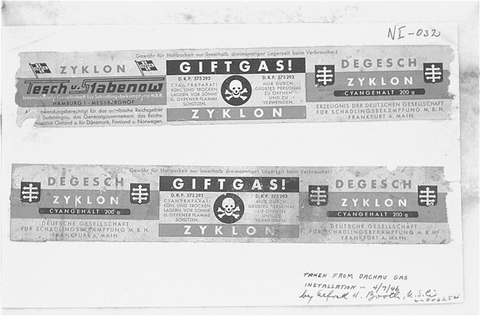Unnatural Selection: Genetically Modified Canola growing wild in North Dakota
Bayer (IG Farben) and Monsanto (/Searle), two of the most evil companies in history, join forces to pollute our gene pool with their profit-motivated genetic tinkering.
Our society desperately needs to move to a techno-agrarian model using local food production and clean energy (solar and wind), domestic manufacturing, responsible mining, and renewable materials, with severely limited imports. This is getting ridiculous. It’s death to our environment by a thousand cuts.
For billions of years on this planet, there has not been the means to program genes manually and deliberately. All mutations to genes have been due to random forces such as radiation or chemical damage. Now we bring into the equation the psychology of profit combined with the ability to construct new organisms with specific purposes. This is a quantum leap forward in terms of evolution. In a sense it bypasses evolution since natural selection is not imposed on these new organisms.
 It’s artifical, unnatural selection, imposed by some sick, sick people. We’re talking about the same companies that created Agent Orange defoliant (Monsanto) that caused horriffic birth defects, and Zyklon B Gas (IG Farben) used to kill concentration camp inmates in Germany during WW2. Do we really trust them to be engaging in this sort of reckless activity that will surely have unforeseen consequences? The biggest class action law suit you can imagine wouldn’t begin to recoup the cost of permanently removing GM plants and animals that have escaped into the wild. There is no amount of money that can fix these problems.
It’s artifical, unnatural selection, imposed by some sick, sick people. We’re talking about the same companies that created Agent Orange defoliant (Monsanto) that caused horriffic birth defects, and Zyklon B Gas (IG Farben) used to kill concentration camp inmates in Germany during WW2. Do we really trust them to be engaging in this sort of reckless activity that will surely have unforeseen consequences? The biggest class action law suit you can imagine wouldn’t begin to recoup the cost of permanently removing GM plants and animals that have escaped into the wild. There is no amount of money that can fix these problems.
From GM crop escapes into the American wild (Nature)
“The extent of the escape is unprecedented,” says Cynthia Sagers, an ecologist at the University of Arkansas in Fayetteville, who led the research team that found the canola (Brassica napus, also known as rapeseed).
Sagers and her team found two varieties of transgenic canola in the wild — one modified to be resistant to Monsanto’s Roundup herbicide (glyphosate), and one resistant to Bayer Crop Science’s Liberty herbicide (gluphosinate). They also found some plants that were resistant to both herbicides, showing that the different GM plants had bred to produce a plant with a new trait that did not exist anywhere else.
Leave a Reply
You must be logged in to post a comment.




 NoScript extension
NoScript extension
